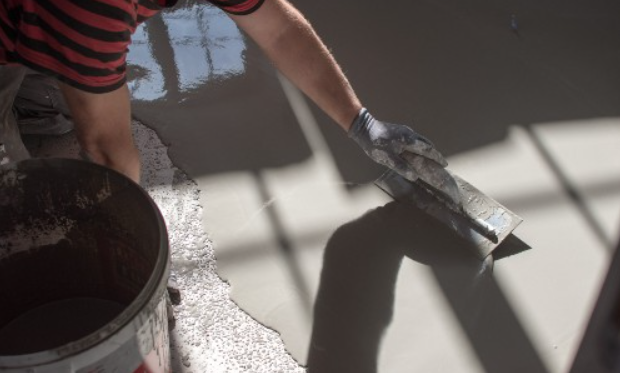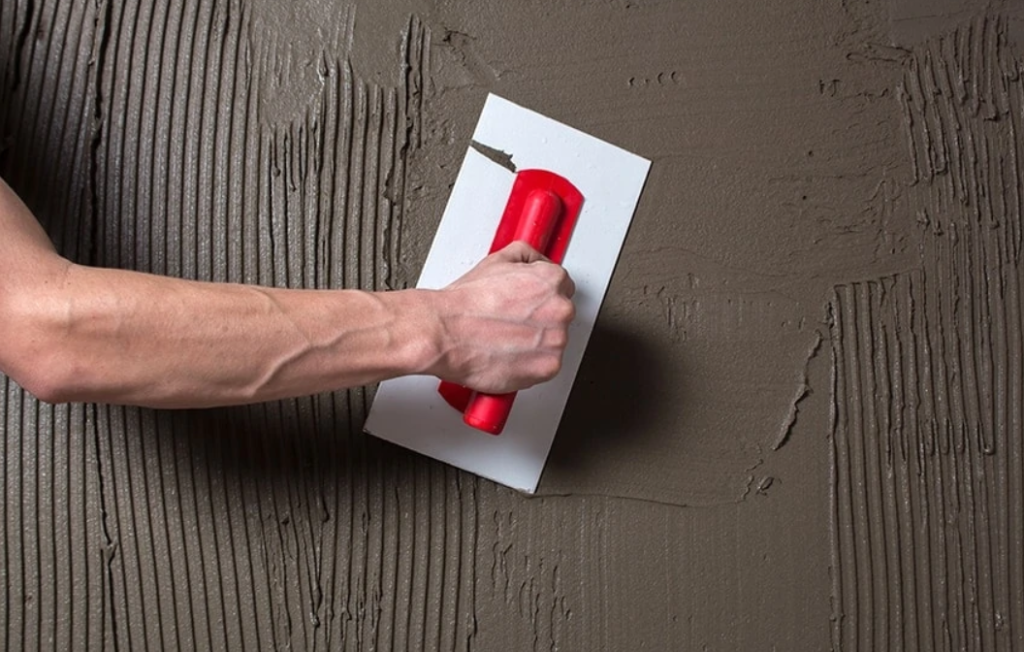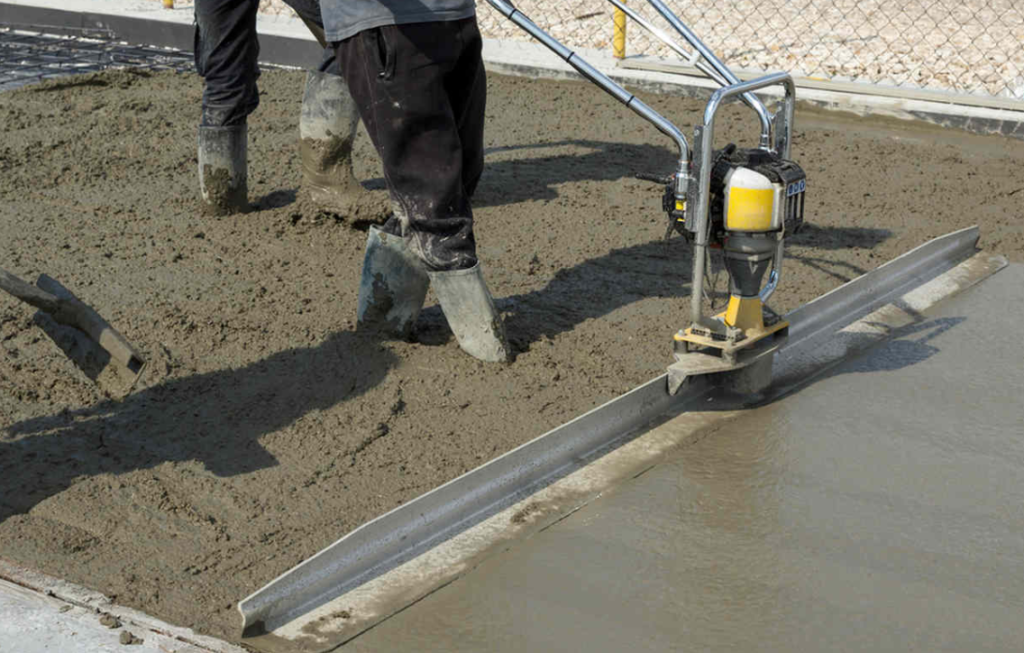(4) Stability
The uniformity of volume change of cement paste after hardening is called the volume stability of cement. After adding water into the cement, it gradually hydrates and hardens, and the hardened cement paste can maintain a particular shape with no cracking, deformation, or collapse. Generally speaking, in addition to the expansion of cement in the process of setting and hardening, most cement shrinks slightly in volume, but these expansions and shrinkages are all completed before hardening, so cement stones (including concrete and Mortar) have a constant volume change, that is good stability. However, if the chemical reaction of some components in cement is not completed before hardening but occurs after, accompanied by volume change, it will generate harmful internal stress inside the hardened cement stone if this internal stress is large enough. When the strength of the cement stone is significantly reduced, and even the cement product is damaged due to cracking, it means that the stability of the cement is poor.
Stability is an essential indicator of cement quality. Using cement with unqualified stability will cause deformation, cracks, and even collapse of concrete components, buildings, and Mortar, resulting in serious engineering quality accidents.

(5) Strength
The strength of cement is an important index to evaluate cement quality and the primary basis for classifying cement.
The strength of cement refers to the ability of the hardened cement mortar test body to withstand external force damage, expressed in MPa (MPa), which is one of the essential physical and mechanical properties of cement. According to the different forms of stress, the strength of cement is usually divided into three types: compressive strength, flexural strength, and tensile strength. The maximum stress when the cement mortar hardened test body bears compression failure is called the cement compressive strength; the ultimate stress is called the flexural strength of cement, and the cement mortar set test body withstands tensile strength. Finally, the maximum stress during a tensile failure is called the cement tensile strength.
Many factors affect the strength of cement, such as the mineral composition of clinker, the content of free calcium oxide: and other trace chemical components, the type and amount of mixed materials added to cement, the amount of gypsum added, and the fine grinding of cement—degree, test body curing conditions, and strength test methods.
(6) Hydration heat
The hydration heat of cement is the heat generated by the hydration of cement. Because it includes a series of hydration, hydrolysis, and crystallization actions, it is the heat of hardening of the cement.
The hydration heat and the heat release rate depends primarily on the mineral composition of the cement. The faster the mineral hydration rate, the greater the heat of hydration. Due to different test conditions, various aspects often have certain discrepancies in the measurement results of the heat of hydration of clinker minerals. However, the test results show that the general rule is consistent: the hydration heat of tricalcium aluminate and the heat release rate is the largest, followed by tetra calcium aluminoferrite and tricalcium silicate, and dicalcium silicate is the smallest.

(7) Bleeding and water-retaining property
Bleeding refers to the performance of part of the mixing water secreted from the cement slurry. Concrete with high bleeding properties has more pores after hardening, and its impermeability and frost resistance must be poor, and it will also reduce the corrosion resistance.
The type of cement, mixed materials, grinding fineness, chemical composition, and admixtures all affect the bleeding property. Bleeding of cement is usually expressed as the percentage of the volume difference before and after bleeding of the cement slurry to the original volume before bleeding.
Water-retaining property refers to the ability of a material to retain water, which is the opposite property of bleeding. With good water-retaining property, the water will not leak out when the slurry is left standing, but it can release water when using a water-absorbing template, vacuum vibration, or vacuum suction.
Improvement in water-retaining properties can also be achieved by reducing bleeding. For example, it improves the grinding fineness of cement, accelerates the formation of cohesive structure, and minimizes bleeding; mixing pozzolanic mixed materials in cement, such as diatomite, bentonite, and microcrystalline filler; limestone, dolomite, etc., can increase its water demand but reduce its bleeding (on the contrary, adding slag to Portland cement will increase its bleeding property); reducing the amount of water added, and using admixtures such as sodium resinate, can also minimize bleeding property.
(8) Volume change
The volume change of cement stone during use, in addition to thermal expansion and contraction and carbonization contraction, also affects wet expansion and dry contraction. That is to say, the volume of hardened cement paste will change with the water content change. It shrinks in volume when dry and expands when wet.
The volume expansion of a material due to water absorption is called swelling. Drying shrinkage is the volume reduction of cement concrete caused by the evaporation and loss of water in capillary pores and glue pores. When drying shrinkage is limited, concrete is prone to shrinkage cracks.
(9) Freeze resistance

Freeze resistance refers to the ability of cement concrete to resist freeze-thaw cycles. When using cement in severe cold regions, freeze resistance is one of the essential properties of cement stone. And the durability of cement stone also depends mainly on its ability to resist freeze-thaw cycles.
When the ambient temperature of water-saturated cement concrete is lower than the freezing point, the water contained in it will freeze, increasing the volume by about 9%, generating expansion stress, and causing the concrete to peel off corners and reduce its strength; when the temperature rises, the concrete inside the water melts. Such repeated freezing and thawing will seriously damage the internal structure of concrete.
(10) Erosion of environmental medium
The environmental medium harmful to the durability of cement are mainly: freshwater, acid and acidic water, sulfate solution, alkali solution, etc. There are many factors affecting the erosion process. In addition to the cement type and clinker mineral composition, it is also related to the compactness and impermeability of the hardened slurry or concrete, as well as the pressure, flow rate, and temperature changes of the erosion medium. There are often several kinds of erosion coexisting simultaneously and influencing each other.



